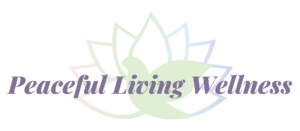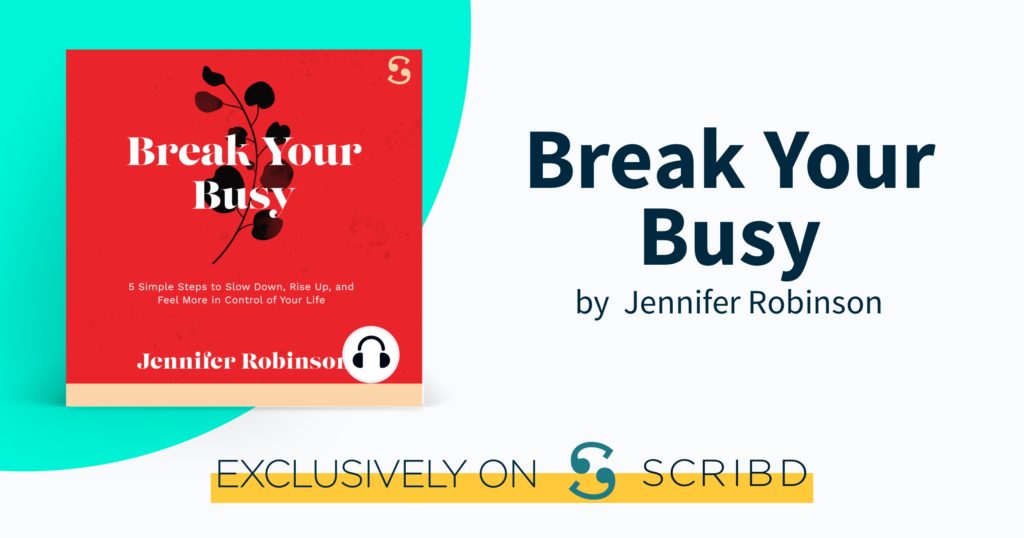Let’s face it: the teen years are notoriously tricky. Hormones are raging, boundaries are being tested, and adolescents are taking steps into adult privileges and responsibilities. A good amount of parent-child conflict is reasonable during the teenage years. Anger is a typical, healthy emotional response to outside stressors. How then do we help our teens feel anger without going overboard and throwing a fit?
First of all, maybe we should look at how we have raised our kids in regards to anger. Growing up I was often told “you’re not mad, you’re just hungry. Or tired. Or…” And now as a mom, I totally get where that was coming from. Hangry has been around for a very long time!

Stuck in the cycle of busy hoping that one day there will be time for your and what you want?
You are not alone. PEACEFUL LIVING COACHING is here to support you!
But what does that teach us as we are growing up? For me, I closed up. I stopped recognizing anger altogether in myself. I was in college once and went for a run. When I was on the phone with my boyfriend, he asked me what was wrong. I was confused—nothing was wrong. But then he said something I will never forget; he said “ you always run when you’re mad. It’s what you do. You clean and you go for a run.” And, when I thought about it; he wasn’t wrong. That is what I did, but I honestly didn’t recognize that I was angry. I felt the adrenaline from the emotion, but I couldn’t name it or look at it.
So it’s essential that we recognize when food can help our kids but also when they are just straight-up mad. We need to give them the right to feel and own anger—and the tools to do so. As parents, we automatically teach and acknowledge hurt, pain, sadness. Anger? Maybe not so much.
Anger lets us know that something is wrong. It helps us understand when our buttons are being pushed, our values are not respected, or someone is ignoring our boundaries. But often, people find a way to avoid feeling angry: they may get depressed or use drugs or alcohol to numb that sick feeling.
I think one of the first steps to managing anger is recognizing it—and how it starts. What is the root of the emotion? For instance, when a friend shares a secret with someone else. Yes, your mad at the friend for doing that, but what are the other emotions that anger is masking? Hurt that she broke a trust; embarrassed that someone else knows, worried she might be laughed at or judged. So it’s more complicated than “just” anger. The emotion of anger involves thought, feeling, and action. Change any of these, and you can take control.
The starting point in dealing with angry feelings is to name the feeling. You can say to your child, “I can see why you’re angry” without judging her. This helps kids to accept where they are and helps them to learn to recognize and name their feelings. So to start them on the path to handling their emotions, here are 3 fundamental things to teach our kids.
How to recognize when they are starting to feel angry, how to express that and what to do to calm down, solve their problems or cope with their emotions.
To do that, it helps if we model good ways of handling anger ourselves: talk about our feelings acceptably, show them how we cope with our emotions, and if we lose it, apologize and show them how we could do better.
We tried to give our kids a vocabulary for their feelings and told them anger is ok, and in fact, it can be useful. It helps us; it tunes us into the fact that something isn’t right. I also explained that when I feel angry, I may seem irritable, tense, and anxious. Of course, my kids also learned because I took prednisone for an autoimmune issue and it made me super cranky. I called it my grumpy medicine—and that became a way of identifying a feeling or a way of behaving.
They also saw my husband and I argue or yell sometimes. Again, we apologized and explained that though we feel angry and we are fighting, that’s ok. It may be how we try to solve a problem, or it may just be we are cranky with each other and need some space to calm down. Anger can feel scary for kids, and it’s important they learn that it doesn’t mean you love whomever any less. It also allows us to learn and share ways of controlling our anger better.
While we teach our kids what anger is, how to identify it and that anger is ok, we also need to teach them how to express it appropriately. Here’s where the do’s and don’ts come in. For us, hitting or hurting people or walls or toys is not ok. If they have excess energy in their emotions, I suggested hitting a pillow or biteing one. It helps to get that aggression out. Teaching mindfulness and slow deep breathing helps. And expressing their feelings with words, leaving the room to be alone, and sometimes just a change of scenery like a moment outside are all great ways of coping.
It’s easy to get caught up when your kid or teen is angry or sullen; it’s hard not to take on their emotions and ramp up the stress in the room. Try to remember that behaviors are a way of expressing a message. Their actions and moods are often masking something else that’s going on. The only way to know that is if they identify it in themselves.

Transformative COURSES & WORKSHOPS that make integrating peaceful living, health and wellness easy, fun and affordable.
Teaching them how to handle anger doesn’t mean they won’t act out. Your teen may not tell you what’s wrong—even if they do know. You may have better luck with your younger ones. That’s where your relationship to them and emotions, in general, come into play. For me, the best time to find out what was going on with my kids was at night time. Bedtime allowed some quiet space for us to connect. No pressure, often no light to see them even. That dark, quiet place allowed them to open up or just to be.

DANA BAKER-WILLIAMS
If you’re going to thrive in today’s crazy world, I believe you need to bring your whole self to the table: your personality, your sense of humor, and most importantly, your heart. All of these elements brought me to start Parenting In Real Life, my parent and teen coaching.
I’m a mom of two amazing kids, one of whom has struggled with ADHD, anxiety and depression. Watching this as a parent can be heartbreaking and feels singular. I had nowhere to turn and i was totally overwhelmed. When we finally put the pieces together and got our daughter some help, everything changed for her. But I still didn’t have someone who could teach me how to parent more effectively. It was trial and error on the emotional dysregulation, the panic attacks, and the lack of executive functioning. There was no handbook.
I vowed then that other parents should NOT have to be that scared, overwhelmed, and alone. And kids and teens shouldn’t feel alone, stupid, disconnected or “less than”. Now I am in the position to help parents and teens alike. I help other 2e families find calm in the chaos, connect with their kids, and bring peace and joy back into the family dynamic. I give parents the tools and support they need to communicate and parent more effectively. Simple shifts and techniques will allow you to parent with confidence and handle the challenges with grace and set your kids up for success with life skills, resilience, and self-advocacy.
Bring the joy back in your family, book a call now. https://www.parentinginreallife.org/bookings-checkout/book-a-free-consult/book




